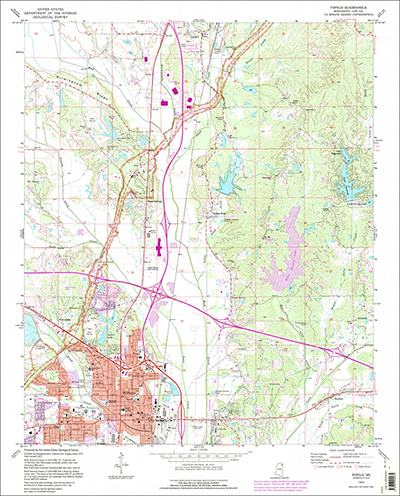 May 10 (Reuters) – A Colombian oil pipeline is out of operation following a bomb attack blamed on leftist FARC guerrillas, but exports from Latin America’s No. 4 oil producer continue as normal, state-run oil company Ecopetrol said on Thursday.
May 10 (Reuters) – A Colombian oil pipeline is out of operation following a bomb attack blamed on leftist FARC guerrillas, but exports from Latin America’s No. 4 oil producer continue as normal, state-run oil company Ecopetrol said on Thursday.
The Cano Limon-Covenas oil pipeline, which has a capacity of 220,000 barrels per day but usually pumps about 80,000, has been bombed by the FARC several times in recent years. An army source said the rebels were probably behind this attack.
“It’s not operating, the attack took place on Wednesday evening,” an Ecopetrol executive told Reuters, adding that the country’s oil exports continue as normal. The 480-mile (780-kilometre) pipeline is the second longest in the Andean country and transports crude oil from the Arauca region near the Venezuelan border to the port of Covenas.
The FARC is at its weakest point in decades following a U.S. funded crackdown on the rebels that halved its fighting force, but in recent months they have carried out many attacks on oil and mining infrastructure in remote jungle areas.
OXY/Ecopetrol’s operations in Colombia are centered mostly around the Caño Limon oilfield, which is the country’s second largest oilfield. Oil from this field is shipped directly to the Carribean port of Coveñas via the Caño Limon pipeline, which was completed in 1986. The pipeline is jointly owned by ECOPETROL and OXY. A Spanish company named Repsol also owns a stake in the Caño Limon oilfield. The crude oil transported through this pipeline represents about a third of Colombia’s export income.
Like all corporations, OXY writes off such losses by getting the U.S. taxpayer to underwrite its expenses. The company caused a bit of a stir in Washington in 2002 by asking the Bush administration for $98 million to help cover the cost of the damage done to the pipeline in 2001, when it was non-operational for 266 days after such an attack.
Which leads me to ask, “What exactly is the US relationship with Colombia?”
 Yet there are even stranger links between American high finance and the Colombian drug lords. In June, 1999, Colombia’s president Andres Pastrana arranged for Richard Grasso, chairman of the New York Stock Exchange, to meet with Raul Reyes, the financial head of the FARC, in the cocaine-producing DMZ of Colombia.
Yet there are even stranger links between American high finance and the Colombian drug lords. In June, 1999, Colombia’s president Andres Pastrana arranged for Richard Grasso, chairman of the New York Stock Exchange, to meet with Raul Reyes, the financial head of the FARC, in the cocaine-producing DMZ of Colombia.
Sources:
Colombia oil pipeline down after attack, exports OK
An Energy Overview of Colombia





